Rich in history, culture and natural beauty, Keserwan ticks all the boxes. As USAID’s Trade and Investment Facilitation (TIF) project is working to raise the profile of the district and improve its tourism offering, we are going on a special tour with the USAID-supported Destination Management Organization (DMO) of Keserwan to reveal 10 of its remarkable sights.
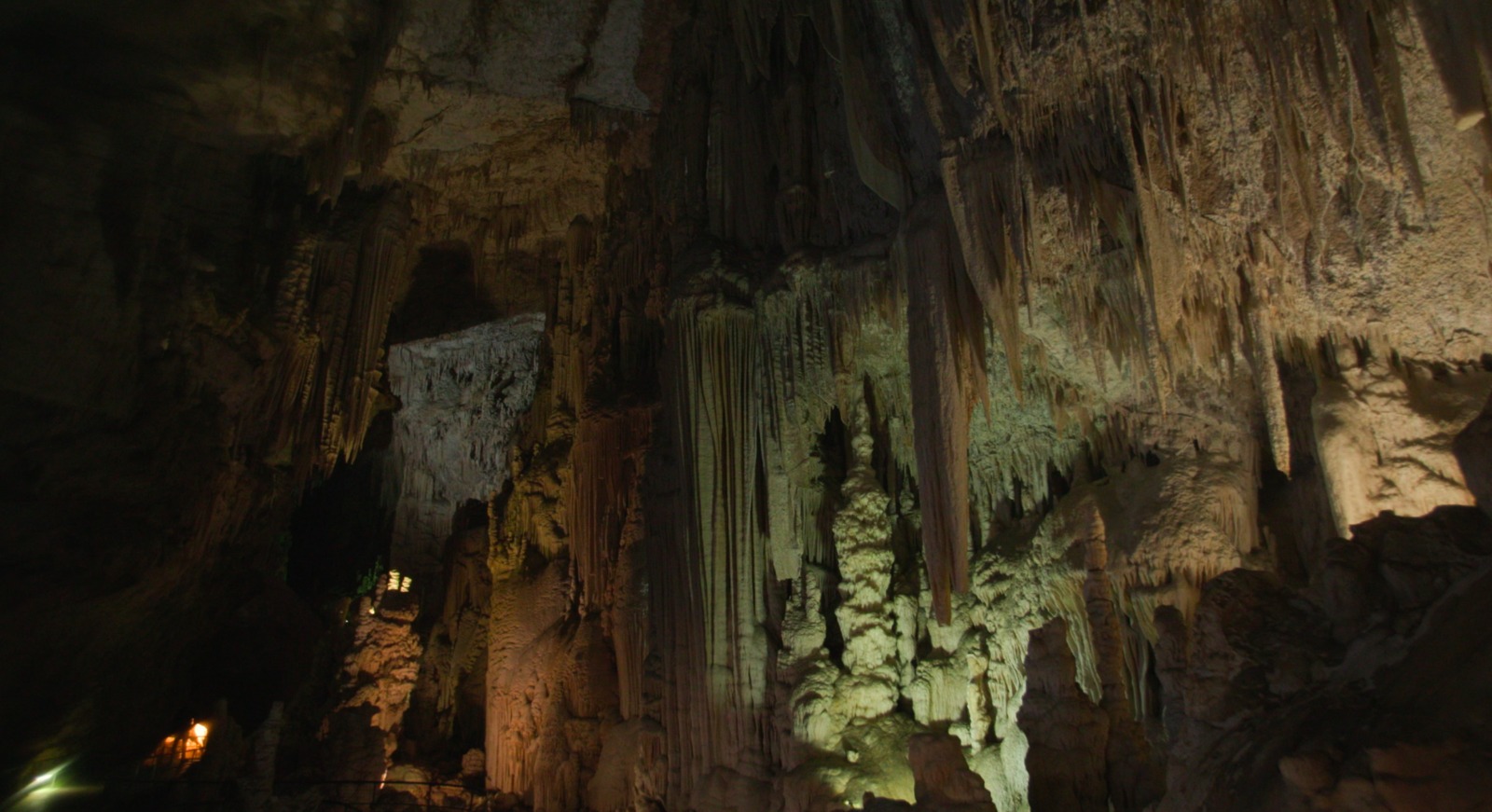 Jeita Grotto
Jeita Grotto
Undoubtedly one of Lebanon’s most popular attractions and the jewel of Keserwan, the Jeita Grotto is karstic heaven. Located in the Nahr al Kalb valley, it consists of two interconnected limestone caves that stretch over nine kilometers. It has a rich history, dating back thousands of years, and features stunning rock formations, stalactites and stalagmites.
Partially submerged, the lower cave can only be accessed by boat. The river is crystal clear and the rock formations vary from those found in the upper cave, offering visitors the chance to admire the beauty of Jeita Grotto from a different perspective.
 Jabal Moussa Biosphere
Jabal Moussa Biosphere
Covering an area of 6,500 hectares and home to a variety of ecosystems, including forests, meadows and wetlands, Jabal Moussa was designated as a Biosphere Reserve by UNESCO in 2009. Visitors can partake in a range of activities, such as hiking, bird watching and camping. The traditional villages nearby provide visitors with an opportunity to learn about the local culture and way of life.
 Chouwen Lake
Chouwen Lake
Chouwen Lake is a natural lake located in the Jabal Moussa Biosphere Reserve, one of the most incredible places to visit in Keserwan. Fed by mountain springs and surrounded by a beautiful forested area that offers hiking trails and picnic areas for visitors, it is a popular spot for swimming, fishing and canoeing, and is surrounded by natural beauty that is sure to enchant visitors.
 Kfardebian Ski Resort
Kfardebian Ski Resort
Kfardebian ski resort is a true gem in the heart of Lebanon, offering a stunning natural landscape and some of the best skiing and snowboarding opportunities in the region. One of the things that sets Kfardebian apart from other ski resorts is its breathtaking scenery: snow-capped mountains and picturesque pine forests.
It is one of the largest ski resorts in Lebanon and offers a wide range of activities for skiers and snowboarders. Situated at an altitude of 1,950 meters above sea level, resort boasts no fewer than 42 ski slopes.
 Ain Warka Monastery
Ain Warka Monastery
The Ain Warka monastery is a historic landmark situated in the town of Ain Warka, around 20 kilometers northeast of Beirut. It dates back to the 13th century and was originally built by Maronite monks. Once a center for learning, it is today a popular destination for those interested in religious tourism and history.
 Our Lady of Lebanon – Harissa
Our Lady of Lebanon – Harissa
Harissa might be a small town, but it has a grand reputation for its Virgin Mary statue. Known as Our Lady of Lebanon, the site attracts thousands of visitors from the four corners of the world. As the town is situated on a hill, it affords breathtaking views of the surrounding area, not to mention the bay of Jounieh and the Mediterranean Sea on a clear day.
 Chabrouh Dam
Chabrouh Dam
The Chabrouh Dam is an arch dam that serves as a source of hydroelectric power, as well as providing water for irrigation, domestic and industrial use. Not only can visitors walk across the top of the dam and enjoy the view of the reservoir, which is also used for recreational activities such as fishing and boating, they can also head up the steep hill that leads up to the Saint Charbel statues and admire the view of Chabrouh from above.
 Saint Charbel Statue Faraya
Saint Charbel Statue Faraya
The Mar Charbel statue in Faraya is Lebanon’s large statue of the saint. Made of bronze, it measures 23 meters and can be seen from miles away. Many choose to walk the steep path to the foot of the landmark and enjoy the breathtaking views from the summit.
 Nahr El Kalb
Nahr El Kalb
Nahr El Kalb is a 31-kilometer river in Lebanon that has been the site of many battles throughout history. It is home to important archeological and historical sites from various conquests. A series of inscriptions can be found along the river, including those referencing Ramses II and Napoleon Bonaparte.
 Faqra Ruins
Faqra Ruins
Faqra is home to the most extensive Roman ruins in Mount Lebanon. The site includes an imposing tower that was originally built with a pyramid-shaped roof and an inscription that indicates it was restored by the Roman Emperor Claudius in 43 AD. Every summer, a festival is held near the temple site.
For further information on the Keserwan district, where to go and what to see, contact Josephine Zgheib (+961 3 214 871).
Facebook: Auberge Beity , Beity Association , Instagram: Auberge Beity , Beity Association
This article is part of a joint project to promote tourism destinations across Lebanon, launched by the Trade and Investment Facilitation (TIF) activity, funded by the United States Agency for International Development (USAID), and Hospitality Services. The content of this article is the sole responsibility of Hospitality Services, and does not necessarily reflect the views of USAID or the United States Government.
Loading


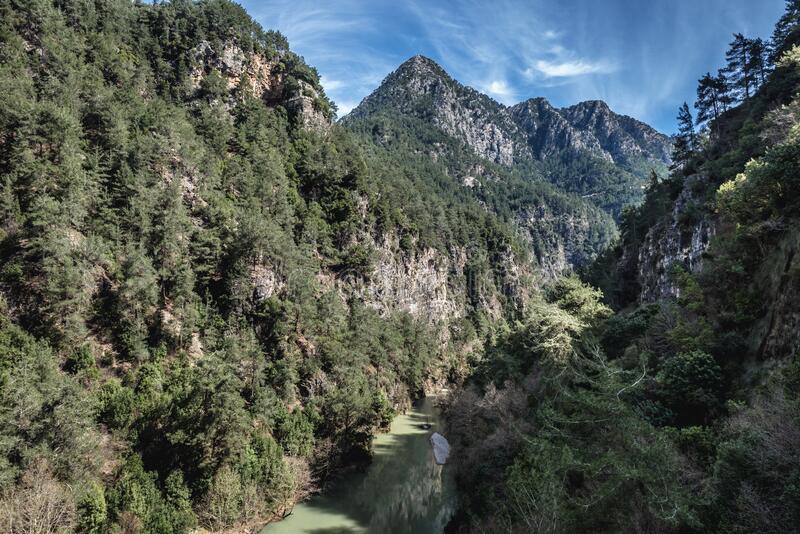 Jabal Moussa Biosphere
Jabal Moussa Biosphere 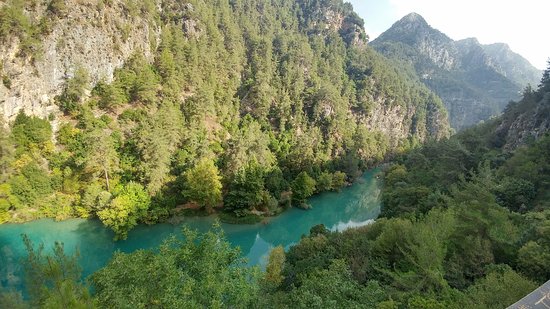 Chouwen Lake
Chouwen Lake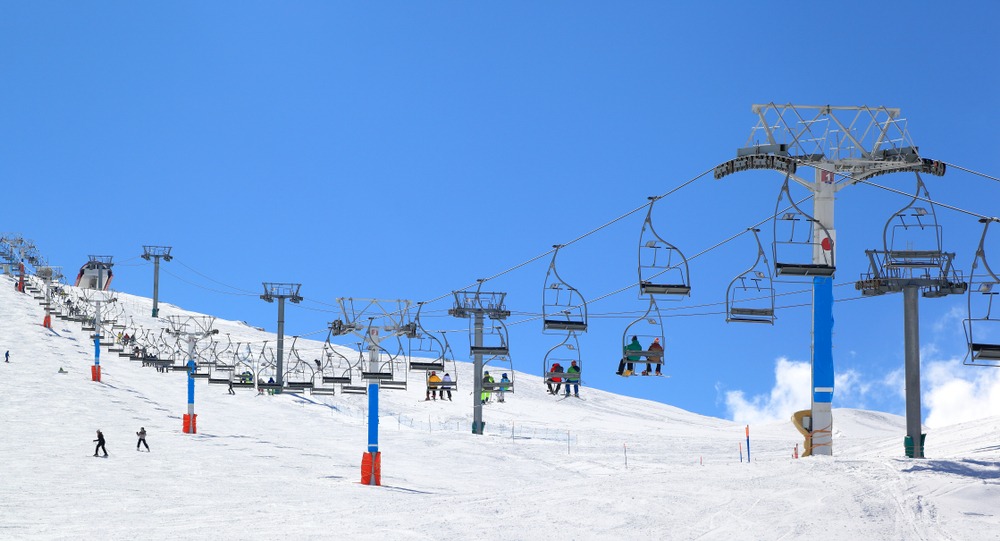 Kfardebian Ski Resort
Kfardebian Ski Resort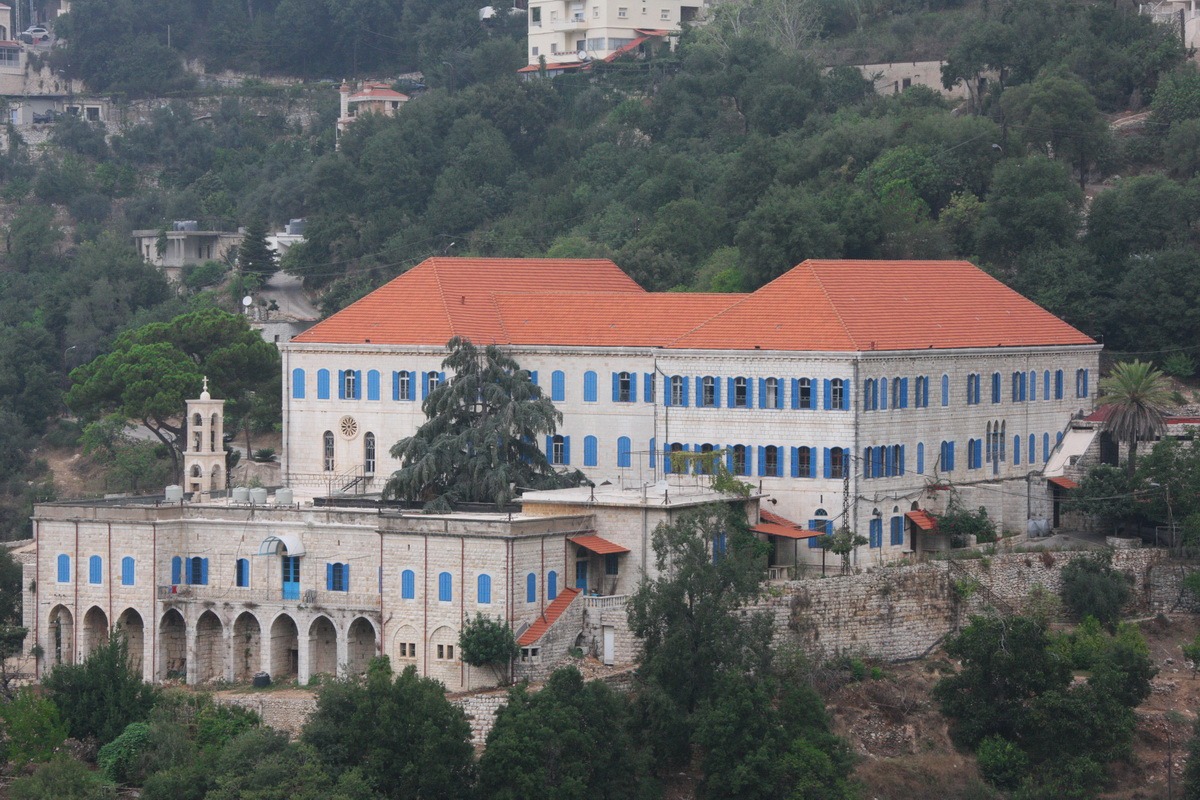 Ain Warka Monastery
Ain Warka Monastery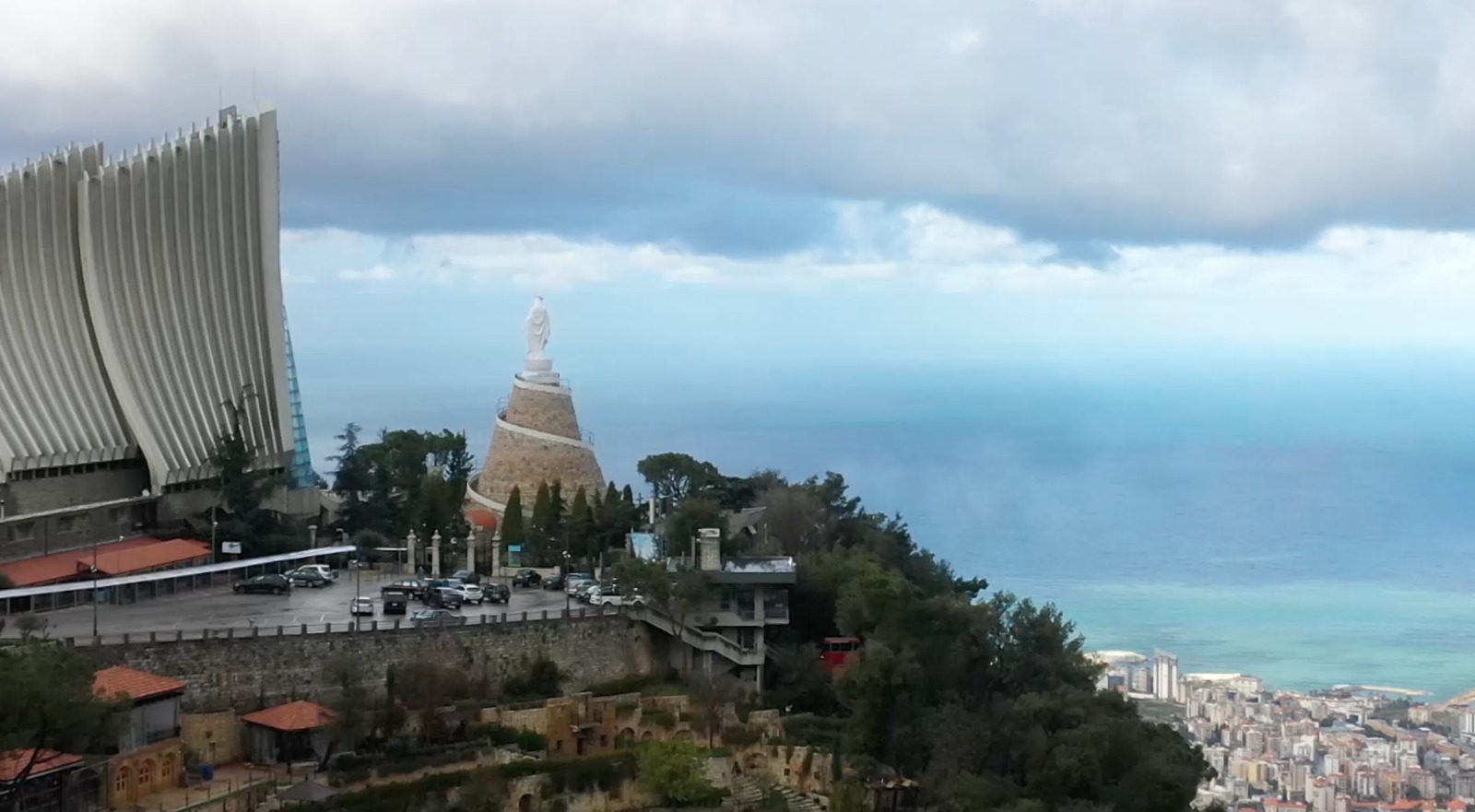 Our Lady of Lebanon – Harissa
Our Lady of Lebanon – Harissa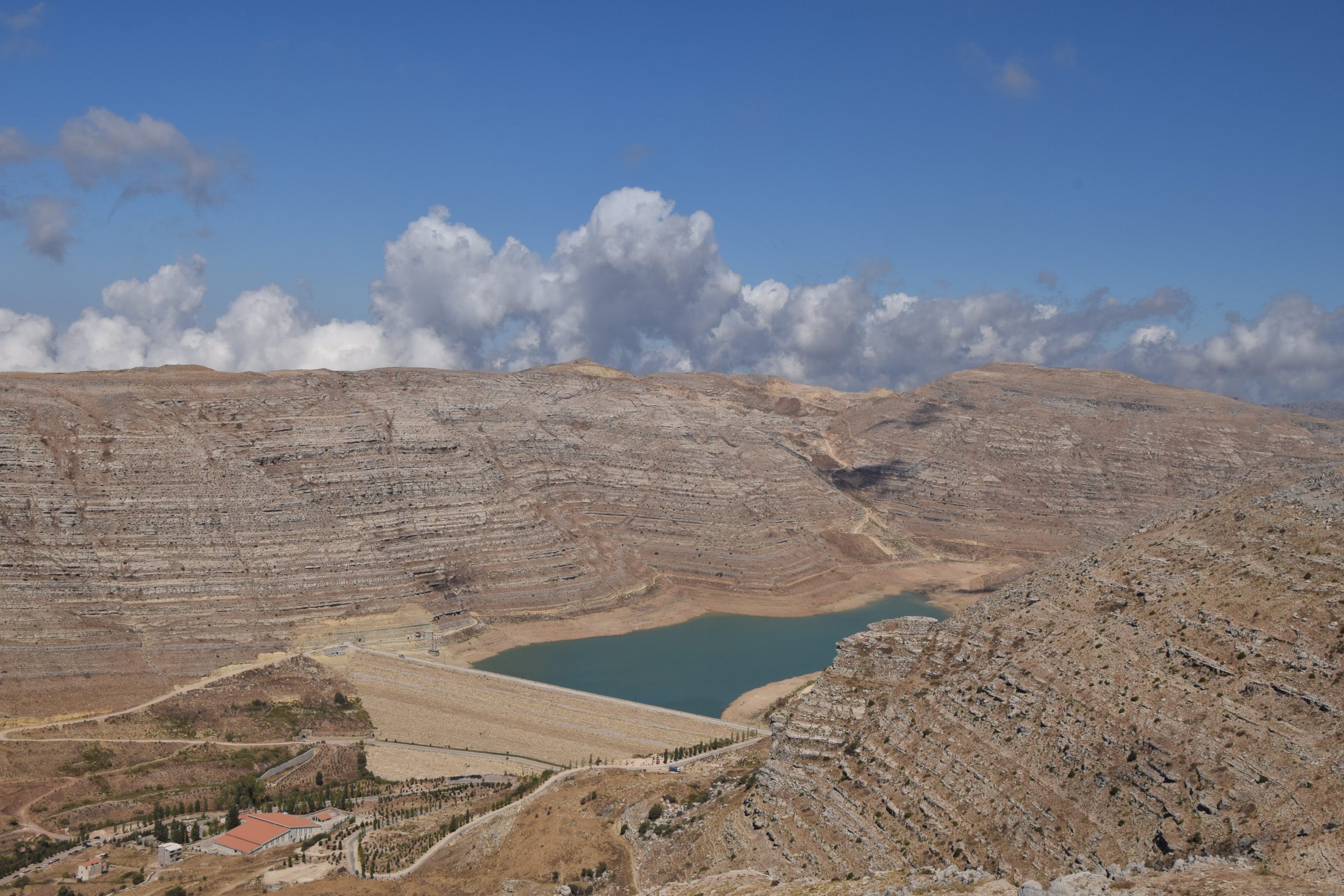 Chabrouh Dam
Chabrouh Dam 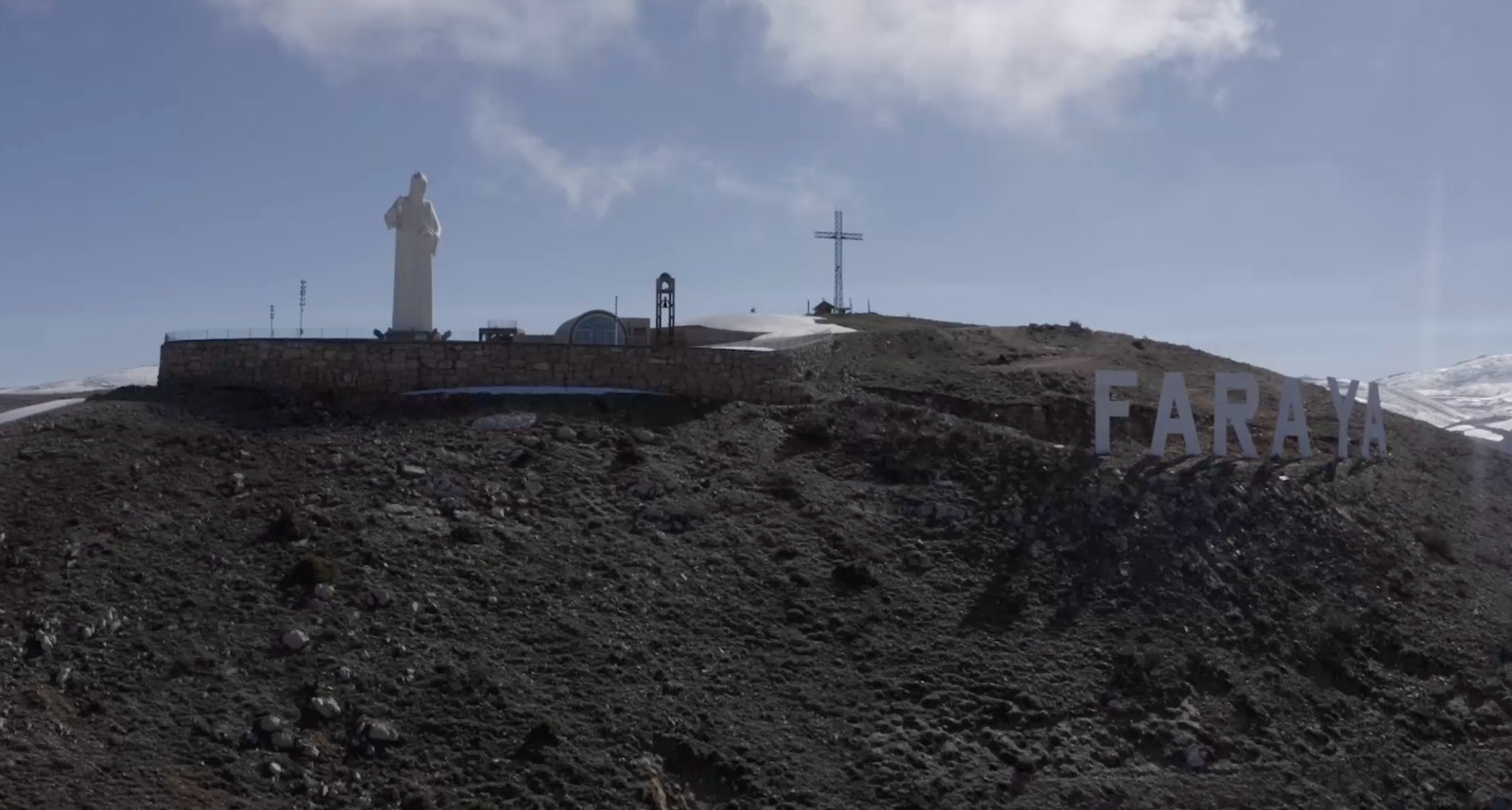 Saint Charbel Statue Faraya
Saint Charbel Statue Faraya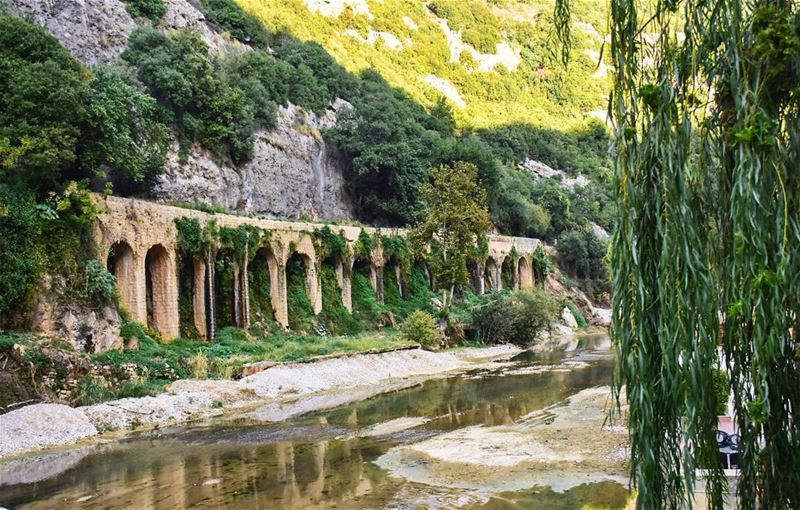 Nahr El Kalb
Nahr El Kalb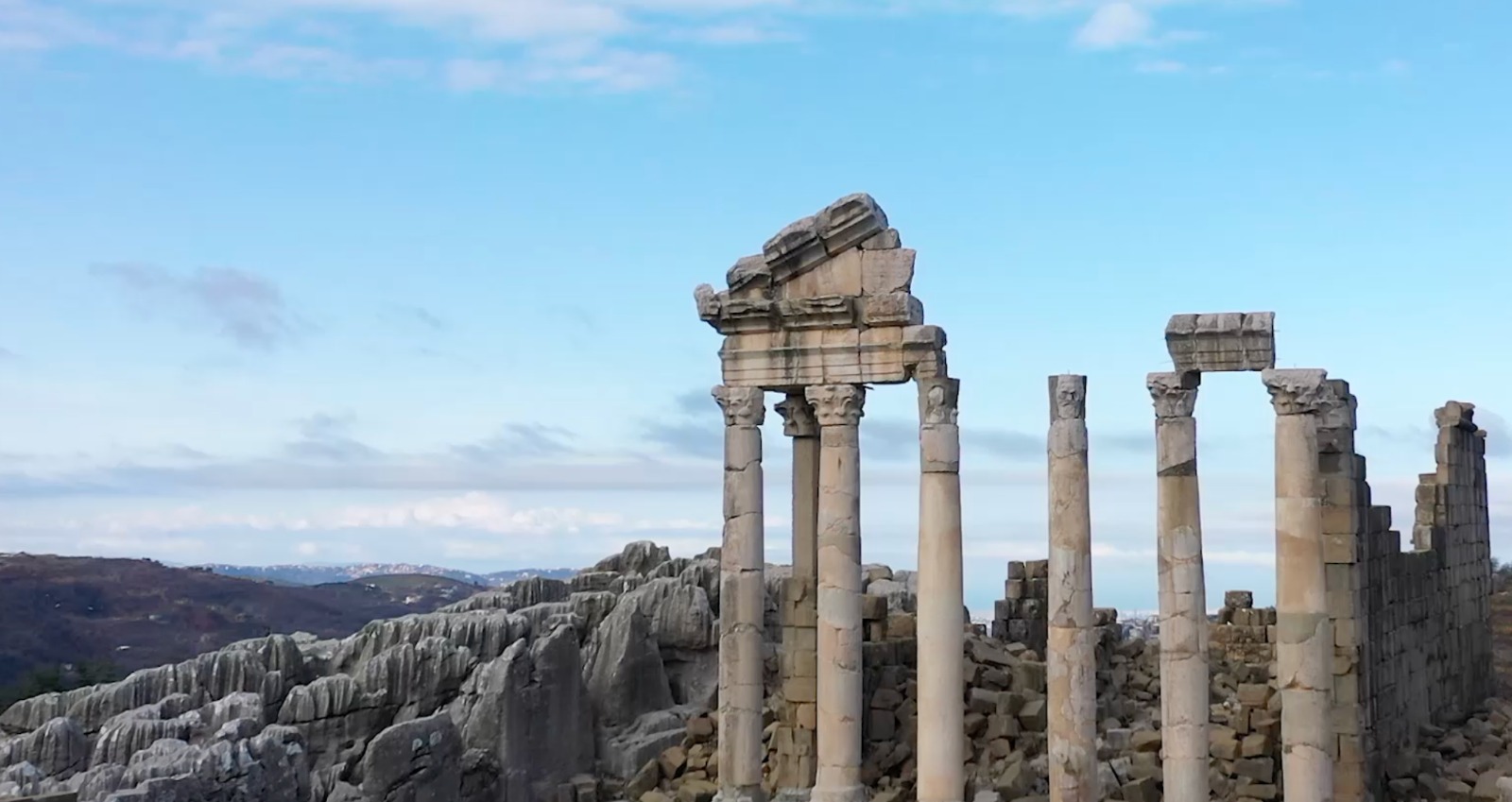 Faqra Ruins
Faqra Ruins